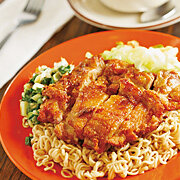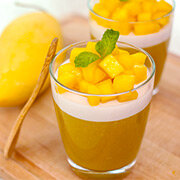Did you know?
According to folklore, the Chiu Chow method of covering congee when cooking was discovered accidently by a Chiu Chow fishing family, who usually kept a pot of congee on their boat when at sea. The family in question was robbed by pirates but the fisherman’s wife had the presence of mind to hide their freshly made pot of congee under some blankets so that they would have food to sustain them for the voyage home. The pirates missed the congee and, when they had left, the family discovered the pleasant effect that covering the pot had on the rice grains.
With thanks to the Hong Kong Tourism Board and discoverhongkong.com for the content.














